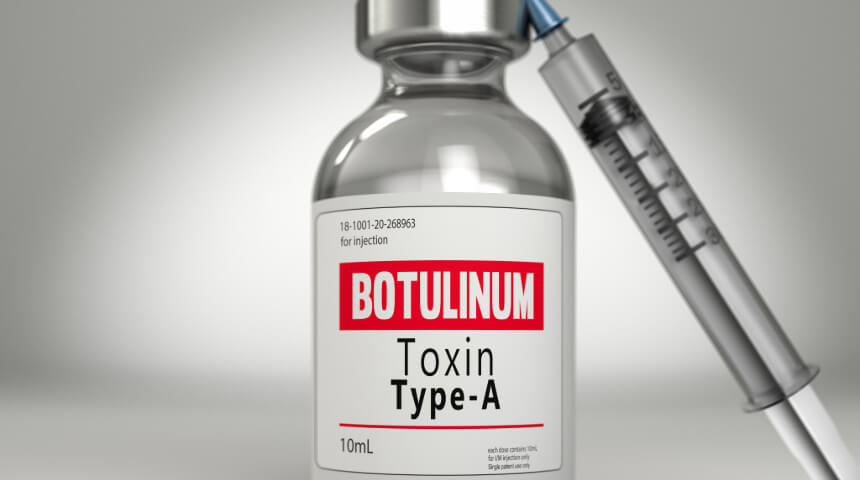If your child is having trouble getting out of bed in the morning or is slow to rise after sitting for a while, it may not be procrastination. juvenile idiopathic arthritis (JIA) is a disease that children most often say feels like stiffness and can curtail their movements. This condition affects about 1 in every 1,000 children.
What Is Juvenile Idiopathic Arthritis?
Previously known as juvenile rheumatoid arthritis, it is a chronic form of arthritis that affects children and teens. Multiple types of arthritis are grouped under juvenile rheumatoid arthritis.
Children can be diagnosed with JIA as young as 18 months and as old as 16 years.
Types of JIA
There are multiple types of JIA, each with distinct features. Generally, they all share the arthritic symptoms of joint pain, swelling, warmth and stiffness that last at least six weeks. The most common types include:
- Oligoarticular juvenile idiopathic arthritis. This is the mildest form of JIA and is typically diagnosed in young children. It affects four or fewer joints, usually the knees or ankles. A form of eye inflammation called chronic uveitis also can develop.
- Polyarticular juvenile idiopathic arthritis – rheumatoid factor negative. This affects five or more joints in the first six months of the disease and is most often found in older children. Tests for rheumatoid factor, a marker for autoimmune disease, are negative. Some of these children develop chronic uveitis.
- Polyarticular juvenile idiopathic arthritis – rheumatoid factor positive. A child with this type has arthritis in five or more joints during the first six months. Tests for rheumatoid factor are positive. This type tends to occur in preteen and teenage girls, and it appears to be essentially the same as adult rheumatoid arthritis.
- Systemic juvenile idiopathic arthritis. Systemic means the disease can affect the whole body. It usually starts with fever and rash that come and go for at least two weeks. In many cases, the joints become inflamed, but sometimes not until long after the fever goes away and sometimes not at all if treatment is started quickly. In severe forms, inflammation can develop in and around organs, such as the spleen, lymph nodes, liver and linings of the heart and lungs. It affects boys and girls equally.
Causes of Juvenile Idiopathic Arthritis
With this condition, the body’s immune system mistakenly attacks some of its own healthy cells and tissues. It's not known why this happens, but both heredity and environment seem to play roles.
Scientists speculate that the development of JIA is a two-step process. First, your child inherits the genes that increase the risk of developing it. Then, if your child is exposed to other triggering factors, such as a virus, the high-risk genes cause the disease to develop. The trigger usually is never identified.
It is important for you and your child to understand that there is not anything you can do to prevent juvenile idiopathic arthritis from developing.
Diagnosing Juvenile Idiopathic Arthritis
The diagnosis is made after a physical exam and review of your child's symptoms and medical history. In some cases, blood work and imaging (X-ray, ultrasound, MRI) tests may be needed to confirm changes in your child’s body. However, there are no labs that diagnose JIA.
Symptoms vary depending on the type, but all forms share persistent joint pain, swelling, warmth and stiffness that are typically worse in the morning and after a nap or prolonged sitting. The pain may limit movement of the affected joint, although many children, especially younger ones, will not complain of pain. One of the earliest signs may be limping in the morning because of the disease in one or both legs.
Besides joint problems, the inflammation associated with JIA can cause other symptoms, such as:
- Eye inflammation
- Skin changes
- Fever
- Growth problems
Childhood arthritis can cause permanent physical damage to joints, so it is important to have your child evaluated if you notice any of these signs.
Treating Juvenile Idiopathic Arthritis
Treatment is centered on controlling symptoms, improving function and preventing joint damage. A pediatric rheumatologist who understands your goals can help to create a treatment plan that is right for you and your child.
Some children can be treated by injecting steroids into the joints with arthritis. For many, treatment requires medication that targets the immune system, such as the newer class of biologics that help the body block signals leading to inflammation.
Treatment can involve physical therapy to help regain normal range of motion in joints and strengthen muscles that may have become weak when not in use.
Throughout treatment, your child is likely to deal with flareups. Children with JIA can experience remission from the disease — and it can be temporary or permanent.
Helping Your Child Live with JIA
Children can lead normal, active lives. Your child should attend school and engage in social, extracurricular and family activities. And, yes, that includes exercise and sports when your child feels up to participating.
If children need special accommodations at school, 504 plans or Individualized Education Plans (IEPs) can help ensure their needs are met. Special camps and community groups can offer support from peers and adults alike.
It’s important to treat children with juvenile idiopathic arthritis like children and not just patients so they can learn to lead happy, fulfilling lives.










